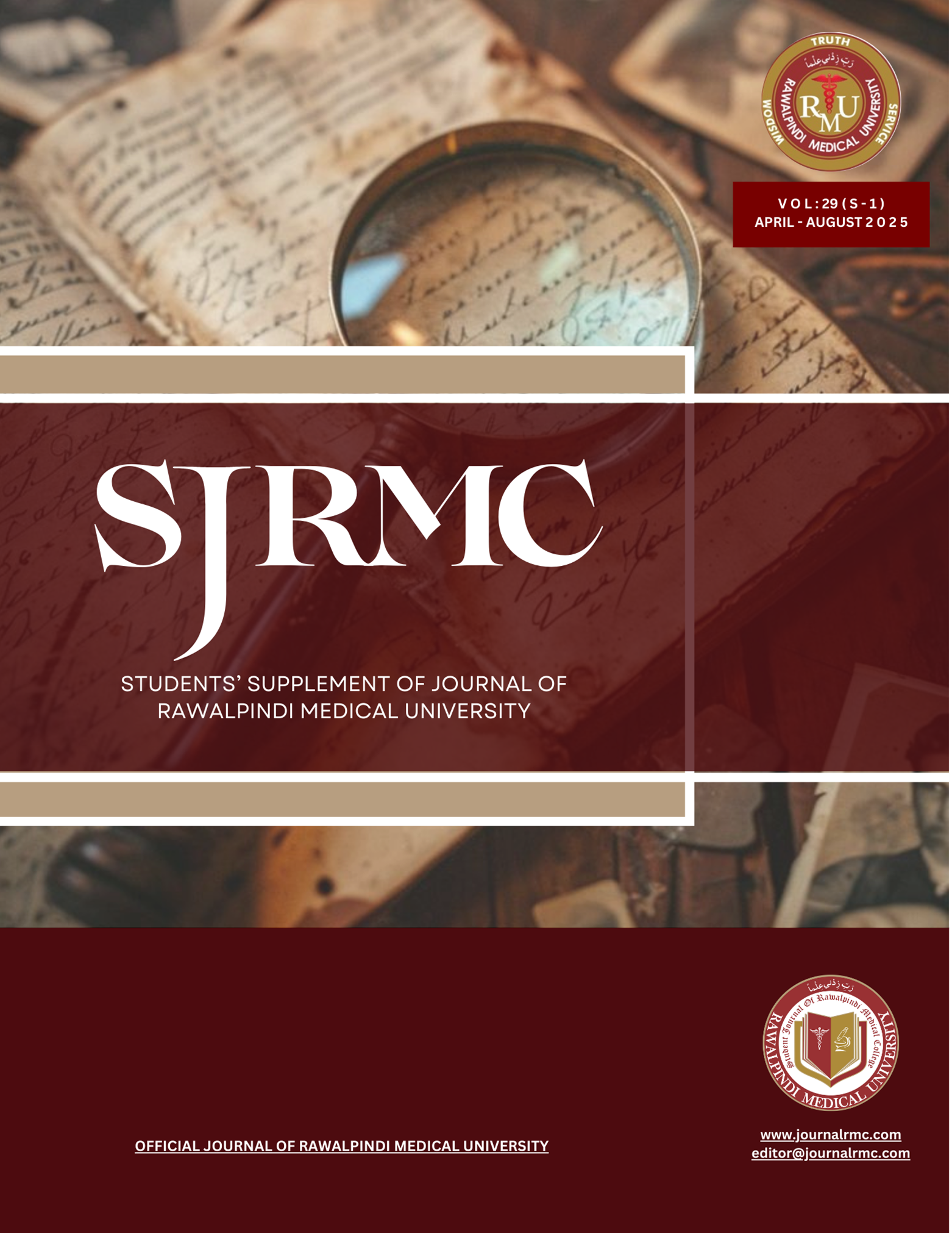Abstract
Background: Neurotrauma presents a critical burden in emergency care, where early and accurate survival prediction is essential for timely interventions and optimal resource allocation. While established scores such as the Injury Severity Score (ISS), Revised Trauma Score (RTS), and Trauma and Injury Severity Score (TRISS) are widely used, their relative performance—especially when enhanced with modern statistical models—requires further exploration.
Objectives: To evaluate and compare the predictive accuracy of Age, ISS, RTS, and TRISS in forecasting survival among neurotrauma patients using traditional and spline-based logistic regression.
Materials and Methods: This retrospective study was conducted at a tertiary care hospital between February and June 2022. Trauma patients with head and/or spinal injuries were included. Exclusion criteria were age <12 years, non-trauma admissions, or incomplete records. Data were extracted from electronic records and analyzed using R. One-, two-, three-, and four-predictor models were constructed using Age, ISS, RTS, and TRISS. Model performance was assessed using AUC, Brier score, calibration plots, and nomograms. Sensitivity analyses and internal validation ensured robustness.
Results: TRISS demonstrated the highest predictive performance (AUC: 0.95), followed by RTS (AUC: 0.91), ISS (AUC: 0.87), and Age (AUC: 0.76). Two-predictor models combining TRISS with Age or RTS improved discrimination. Three- and four-predictor models offered marginal improvement, suggesting TRISS-based models are most efficient.
Conclusion: TRISS remains the most reliable tool for survival prediction in neurotrauma. Its predictive power can be enhanced by incorporating Age and applying flexible modeling techniques. These findings support the use of refined prediction tools in acute neurotrauma management.
Keywords: Neurotrauma, TRISS, Survival Prediction, Logistic Regression, Trauma Scoring Systems.

